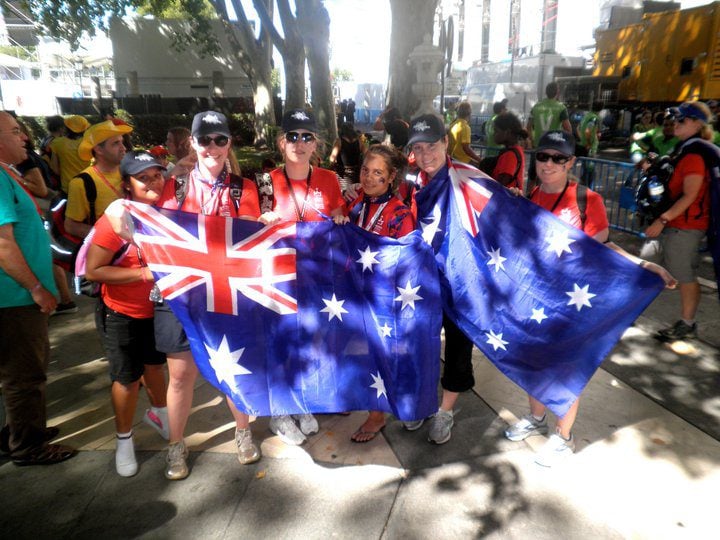It’s now official. The United States is “bigger, older, more Hispanic and Asian and less wedded to marriage and traditional families than it was in 1990.”
“Want more?” writes Gordon-Conwell Theological Seminary professor James Emery White. “Okay. It is also ‘less enamored of kids, more embracing of several generations living under one roof, more inclusive of same-sex couples, more cognizant of multiracial identities, more suburban, less rural and leaning more to the south and west.”
White is the author of Christianity Today magazine’s book-of-the-year award winner Embracing the Mysterious God and a dozen other books, including The Prayer God Longs For, A Mind for God andChrist Among the Dragons. On his website Church & Culture, he continues:
Why are such pronouncements now “official”? It’s because the results of the 2010 Census have been pouring out all year and we are now in a position to begin pulling them all together into a cohesive picture.
As USA Today rightly notes, “The end of the first decade of the 21st century marks a turning point in the nation’s social, cultural, geographic, racial and ethnic fabric. It’s a shift so profound that it reveals an American that seemed unlikely a mere 20 years ago – one that will influence the nation for years to come…The metamorphosis over just two decades stuns even demographers and social observers.”
But the changes are worldwide, he notes:
Consider Africa, where the number of Christians increased from ten million in 1900 to 360 million in 2000. So who is a typical world Christian? Think of a woman living in a village in Nigeria or in a Brazilian favela.
With the new Census, perhaps we can bring this home a bit, as in, “Who is a typical American Christian?” If you think the answer is a white, male Baptist living in the South, think again.

